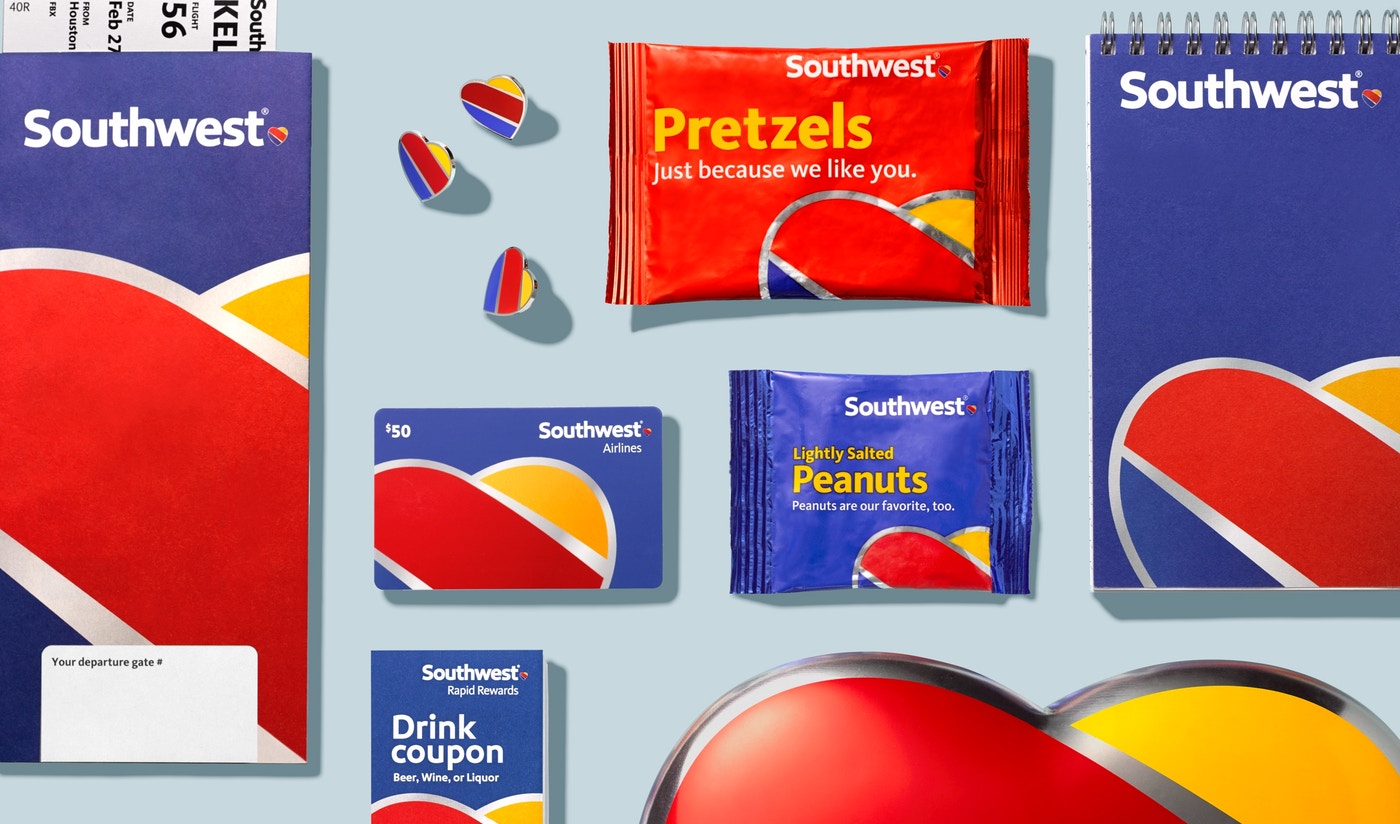
Subscribe to our newsletter!
We don't spam. You will only receive relevant and important tips for you and your business.
Unsubscribe anytime.
Every company is guided by a branding strategy that determines how they make decisions, what messages they promote and how they position themselves among others.
A branding strategy is a plan that guides the development of a brand in order to meet long-term goals. It is the process of differentiating your brand from competitors through components such as the mission, vision, and values of a business.
Your branding strategy should be your guide when establishing your brand, image, and identity.

A brand is a set of intangible assets of a business that defines the business’ emotional relationship with consumers. Put simply, a brand is a business’s personality.
How a brand is perceived affects its success. If a customer gets a bad impression from a business, they likely won’t support it.
Most importantly, a brand must maintain its values. Simon Sinek, author of “Start with Why”, wisely states that people don’t buy what you do, they buy why you do it. The idea is that we as a society make purchasing decisions on business philosophies or messages that resonate with us.
The way a business envisions itself constitutes its identity, while the way customers perceive it is its image.
Brand image is the reputation your business has among consumers. A company can attempt to shape their brand image by exemplifying certain characteristics. Your branding strategy helps set goals in order to identify what kind of image you want to build for your brand.
The perception of your brand in the eyes of the consumer defines your brand image in the marketplace. This can come from personal interactions, word of mouth, campaign messaging, and the overall performance of your products.
While your brand image is a collection of intangible assets, your identity is a set of tangible elements that will determine how your brand is perceived. You can develop your brand identity in order to influence your brand image.
.jpg)
Your audience will associate your brand identity with your business, which will forge a connection between your brand and your customers to build recognition and customer loyalty.
Not only do you want your brand to be recognizable, but you also want customers to associate your brand with its defining characteristics.
However, a business’ brand identity and brand image may not always match. To ensure that customers perceive your brand in the way you want it to be, you have to make sure that your product or service is truly reflective of your identity.
 Staying consistent in your messaging across all brand and identity efforts will allow your audience to build a memory structure around your brand. A consistent theme projects your corporate culture, which becomes the brand identity of your organization.
Staying consistent in your messaging across all brand and identity efforts will allow your audience to build a memory structure around your brand. A consistent theme projects your corporate culture, which becomes the brand identity of your organization.
The process of building a brand image and identity is called branding. Before you establish your brand identity, you need to know who you are as a brand.
The term branding refers to the marketing practice of actively shaping a distinctive brand. Your brand is the perception of your business in your consumer’s eyes.
Who you are as a brand is made up of a few key elements:
- Mission: what’s your “why”?
- Values
- Personality
- Positioning
- Voice
Branding is done mainly through communications, such as advertising campaigns, that convey your brand attributes and characteristics through consistent use of brand identity and strategy.

The airline’s Senior Vice President & CMO, Ryan Green, stated that Southwest “wants to create experiences for customers and help them live life to the fullest, one adventure, one story at a time. 175 Stories captures what Southwest strives to do every day.”

Not only does Southwest have exceptional customer service, CEO Gary Kelly revealed in 2016 that the company has never laid off a single employee. “That kind of security is the reason you’ll always be greeted by smiling faces every day because the flight crews actually enjoy coming to work”. This transparent company culture ultimately affects how employees treat customers and contribute to the brand’s positive image.

Great brands always keep their audience in mind. The first step to developing an audience-first strategy is identifying your audience through research and analysis. Social networks can provide insight into user demographics, geographics, and psychographics. An audience-first marketing strategy will help to align every element of a marketing campaign to the needs of your audience and the goals of your business.
Successful brands don’t just happen. They are the result of a long-term branding strategy that determines how a business operates.
Need help establishing your brand?